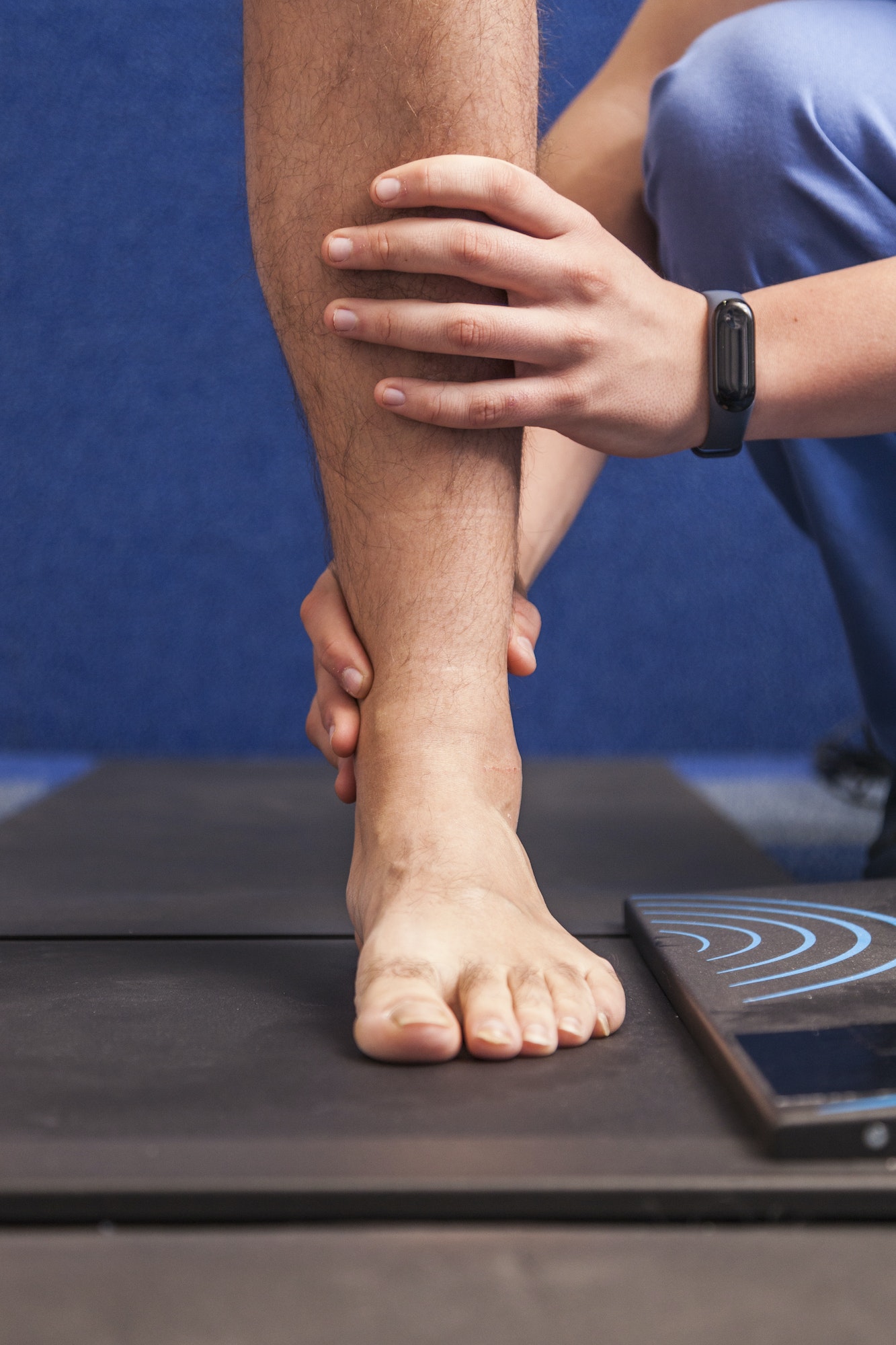Diabetes can cause nerve damage to the feet, called diabetic neuropathy, which can result in tingling, burning pain, or loss of sensation in the feet. Neuropathy can also cause weakness of the feet and decreased circulation to the feet and toes1. Because diabetic patients often have decreased sensation, they may be unaware of small injuries to the feet or ankles. For example, in patients with a fully functioning nervous system, friction of a foot rubbing against a shoe or stepping on an object like a pebble causes pain. Pain is an indication that there is tissue at risk; we normally respond by removing the cause of injury or decreasing our weight bearing on that limb. Patients with diabetes may not feel the presence of that friction or pebble and will continue to stand and walk on the injured limb, causing further damage. Once an injury has occurred and worsened, the poor blood flow that characterizes diabetic feet will slow the healing and increase the risk for infection.
Good diabetic foot care is important to prevent small injuries from becoming larger and more complicated problems. There are several things you can do that are easy and don’t take much time to keep your feet healthy.
- Check your feet every day for diabetic wounds, redness, swelling, blisters, corns, calluses, or other changes in the skin or nails. Use a mirror to look at the bottom of your feet; if you bought diabetic shoes from Weil Foot and Ankle Institute there is a reflective surface on the shoebox that can be used for this purpose. It may also be helpful to have someone else look at your feet for you.
- Wash your feet every day in warm (not hot) water. Pat your skin to dry your feet completely before putting on socks and shoes.
- Always wear socks with your shoes and change your socks daily. It may be helpful to wear white socks which will more easily show blood or discolored drainage; this will alert you earlier to the presence of a foot wound or problem.
- Avoid walking and standing barefoot. Protect your feet inside and outside of the house by wearing shoes or hard-soled slippers. Before you put the shoe on, shake it upside down and look to make sure there aren’t any pebbles or other objects inside. Also, look to ensure that the shoe lining and sock are smooth and flat.
- Wear shoes that fit correctly. Your shoe should be at least a ½ thumbnail length longer than your longest toe and as wide as your foot. You should be able to wiggle your toes freely in the shoes.
- Toenails should be trimmed straight across and with any sharp edges smoothed with a nail file.
- Don’t remove corns or calluses yourself. Your Weil podiatrist will remove these safely.
- Aerobic exercise that gets your heart rate up like walking, biking, and running for 150 minutes per week enhances insulin sensitivity (hemoglobin A1c) and improves blood glucose control in as little as 2 weeks2. The American Diabetes Association recommends getting at least 30 minutes of aerobic activity 3-7x per week3.
- Resistance training (lifting weights, bodyweight exercise, or rubber band resistance exercises) has also been shown to improve strength, bone density, insulin sensitivity (hemoglobin A1c), and cardiovascular health3.
- The research literature supports combining aerobic and resistance exercise to improve insulin sensitivity more than either form of exercise alone4,5.
- The Weil physical therapists are experts at foot and ankle rehabilitation as well as general exercise. The PTs can help develop an exercise program for improved overall strength, cardiovascular fitness, and improve diabetes control. Please reach out to the Weil Foot and Ankle team if you have any questions or concerns.
If you want more information or need help with the care of your feet, Weil Foot and Ankle Institute is here to help.
______________________
1 . Volmer-Thole M, Lobmann R. Neuropathy and Diabetic Foot Syndrome. Int J Mol Sci. 2016 Jun;17(6):917.
2. Kumar AS, Maiya AG, Shastry BA, Vaishali K, et al. Exercise and insulin resistance in type 2 diabetes mellitus: a systematic review and meta-analysis. Ann Phys Rehabil Med. 2019 Mar;62(2):98-103.
3. Kirwan JP, Sacks J, Nieuwoudt S. The essential role of exercise in the management of type 2 diabetes. Cleve Clin J Med. 2017 Jul;84(7 Suppl 1):S15-S21.
4. Cuff DJ, Meneilly GA, Martin A, Ignaszewski A. Effective exercise modality to reduce insulin resistance in women with type 2 diabetes. Diabetes Care. 2003 Nov;26(11):2977-82.
5. Schwingshackl L, Missbach B, Dias S, Konig J, et al. Diabetologia. 2014 Sep;57(9):1789-97.


